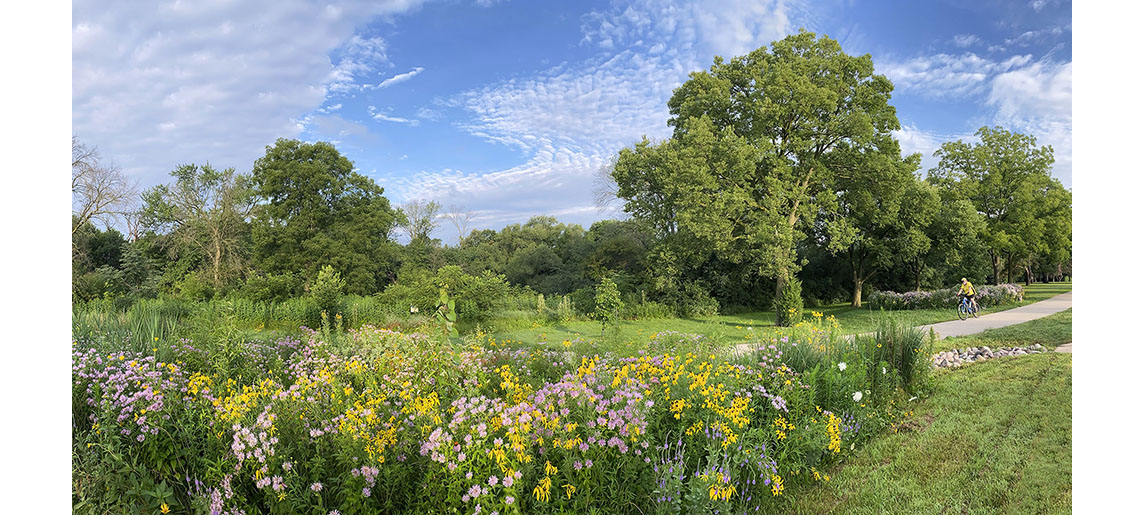
Rain Gardens and Bioswales: Beauty as Well as Utility
May 24, 2023 | Topics: Spotlight, Stories
Photography and Introduction by Eddee Daniel
Essay by Chris Schultz
Introduction
I didn’t know when I moved to Wauwatosa thirty-five years ago and bought a house near Hoyt Park that one of the perks of the location would be miles of beautiful gardens all along the Menomonee River Parkway. I couldn’t have known it because they didn’t exist then. I did appreciate the benefits of being right on the Oak Leaf Trail, which at the time coincided with the Parkway road. I rode my bike the length of the Parkway and beyond on a regular basis for many years.

Over time, however, as the asphalt surface of the roadway deteriorated, riding on the Parkway became less and less enjoyable, the slalom of avoiding both potholes and traffic more and more arduous. Eventually, riding on the Parkway became a rare occurrence. And sorely missed.
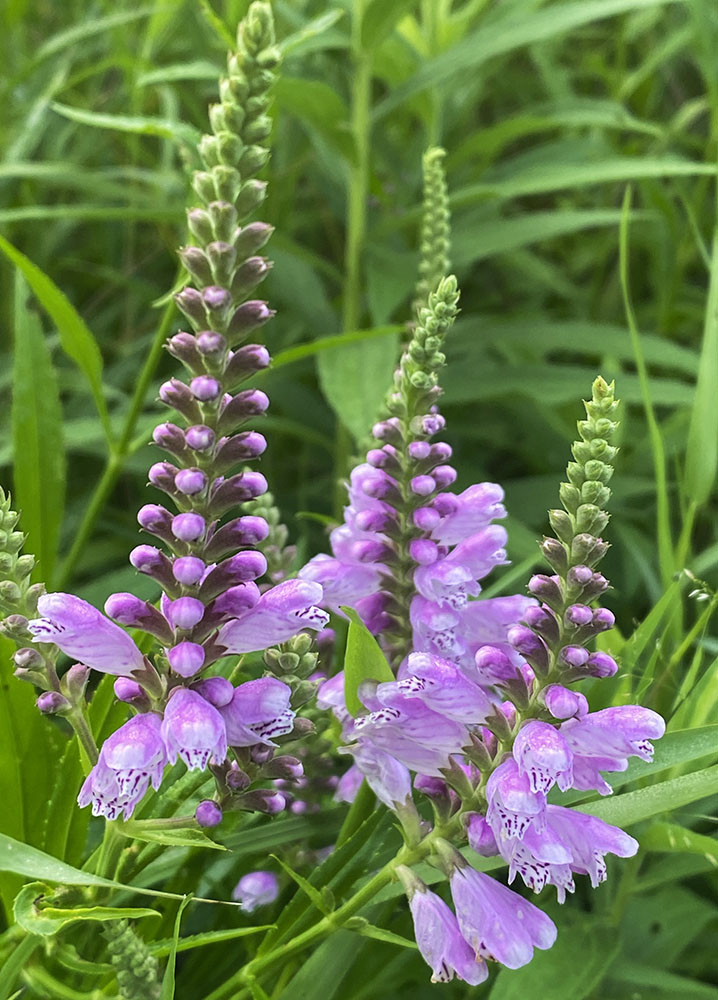
Then, in 2015, everything changed. The entire Parkway road was completely demolished and reconstructed. Included in the project were an off-road, paved Oak Leaf Trail and a series of rain gardens and bioswales. Suddenly, riding a bike (or walking, jogging, pushing a stroller, etc. etc.) on the smooth Oak Leaf Trail was not only pleasant again, but safer and graced with the beauty and fragrance of a remarkable variety of wildflowers.
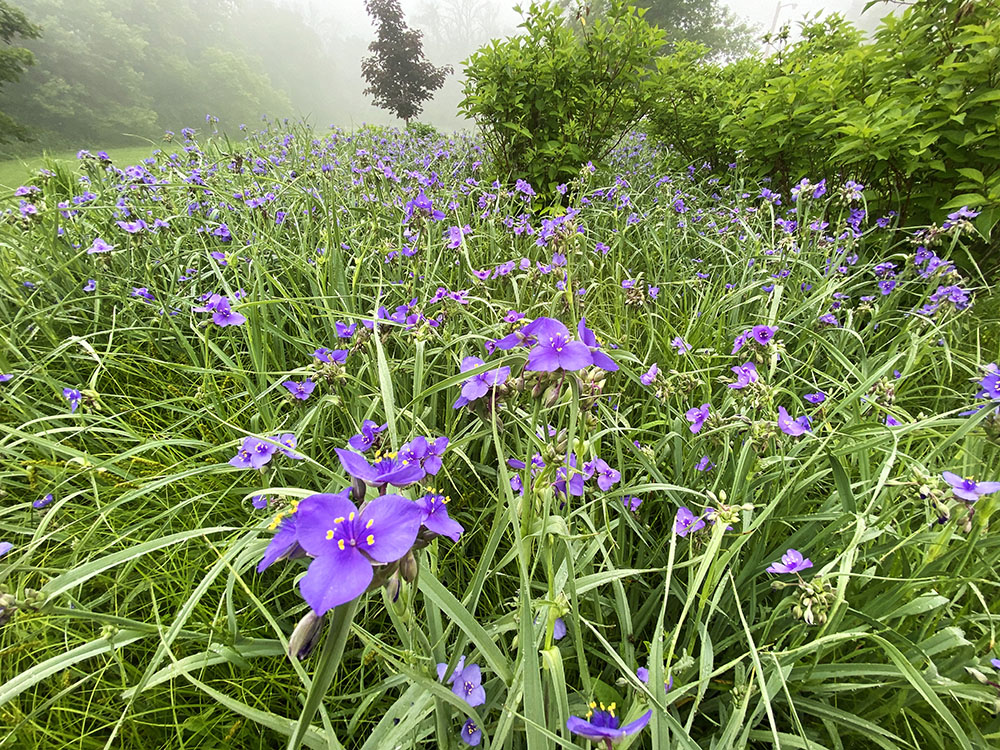
Today, during the summer and autumn blooming seasons, it often takes me a lot longer to ride the same distance, not because I’m navigating around potholes, but because I feel compelled to make frequent stops to smell the ever-changing array of flowers. And, of course, to take photos of them. The images in this photo essay are all from the rain gardens and bioswales of the Menomonee River Parkway, which extends from W. Congress Street to Harmonee Avenue in the Wauwatosa Village. As the following essay makes clear, there are technical differences between rain gardens and bioswales; however, to the untrained eye they look the same and I use the terms interchangeably.
I am grateful to Chris Schultz for agreeing to supplement my subjective experience of the Parkway gardens with some objective information about their value and utility as Green Infrastructure. ~ Eddee Daniel


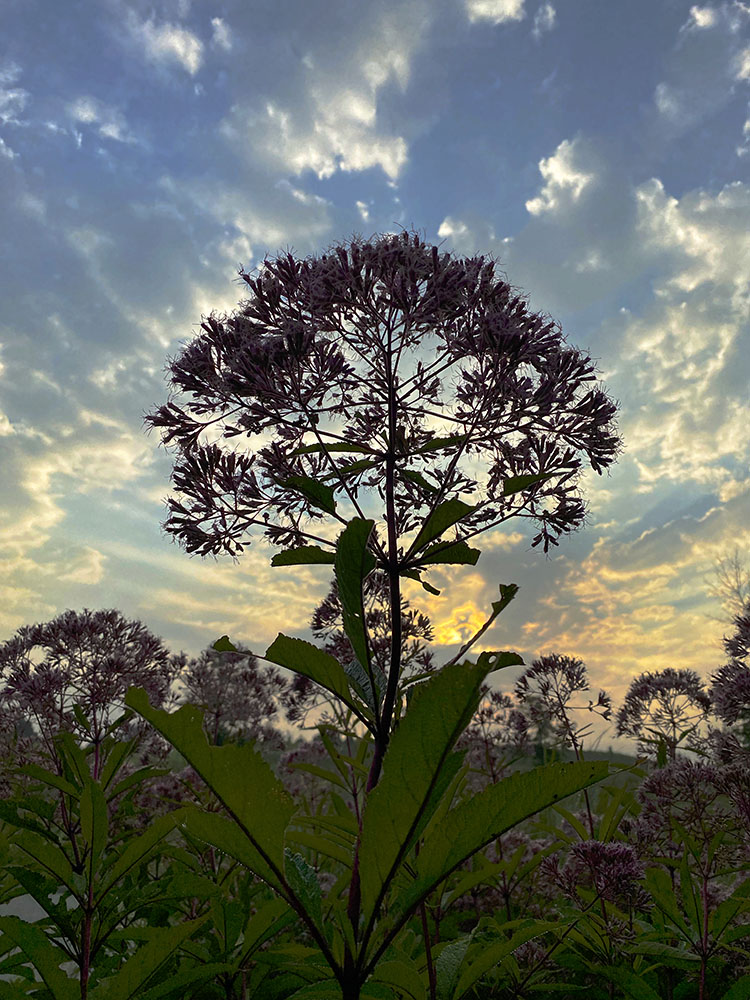
Essay: Green Infrastructure – Managing Water Where it Falls
Most people are familiar with the saying “April showers bring May flowers”, but too much rain can cause problems. Mother Nature used to do a pretty good job of managing water, but with development comes change. Inevitably, development brings with it more impervious surfaces like roads and driveways, which do not allow water to naturally soak into the ground, causing what’s known as stormwater runoff. Too much runoff can cause flooding, basement backups, and sewer overflows. That runoff also carries with it anything in its path such as fertilizers, pet waste, oil, pesticides, and yard waste, ultimately depositing it into our local waterways and impacting water quality.
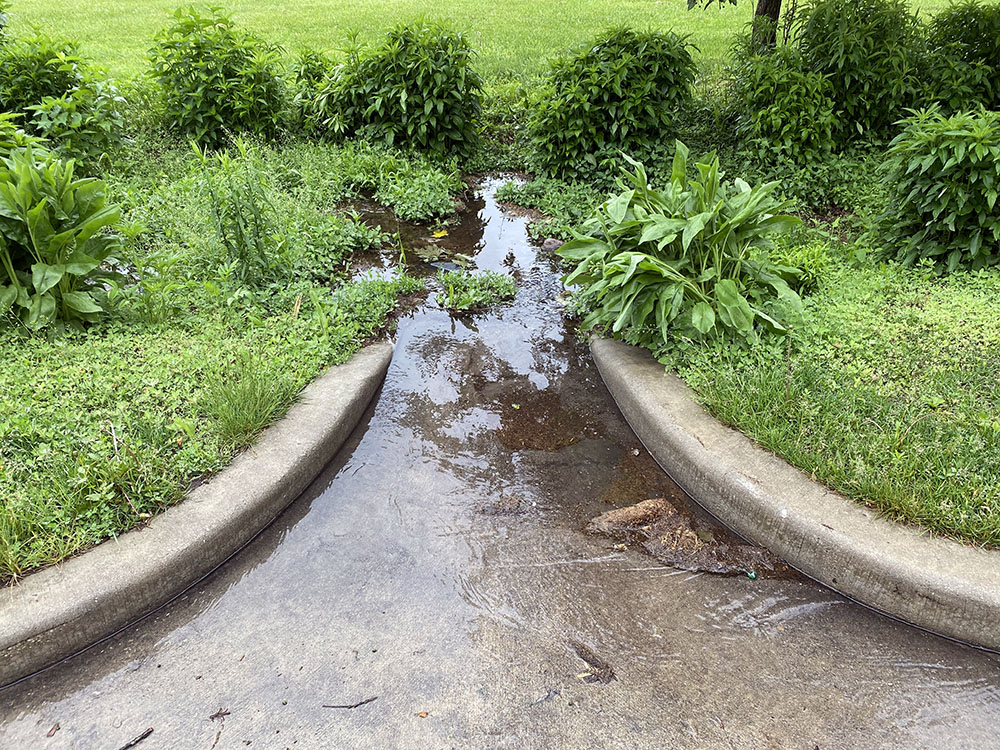
So, what can we do about it? Well, everyone can play a part. Green infrastructure (GI), sometimes referred to as green stormwater infrastructure, helps manage stormwater by restoring, mimicking, or maintaining natural processes to deal with runoff and help it soak into the ground as it once did. At the residential level, rain gardens (a type of GI) are an effective means of capturing water from a downspout, sump pump, or other source and helping it to soak into the ground. Rain gardens are basically shallow dug out depressions typically planted with wildflowers or native plants that have deep roots, which help to soak up more water. They can be placed near downspouts on homes (although away from building foundations and sewer laterals), and offer many added benefits. The long-rooted native plants in a rain garden help water soak into the ground while filtering out pollutants; provide needed habitat for birds, bees, and other pollinators; and help beautify your yard and neighborhood.

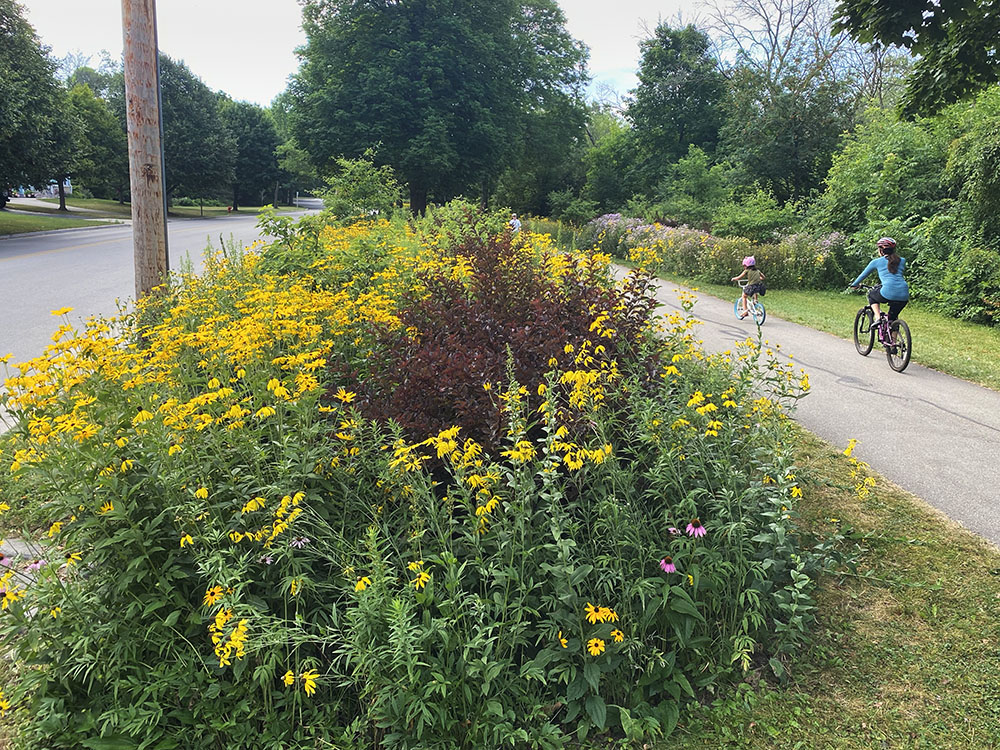
The Menomonee River Parkway is a scenic drive that follows the Menomonee River and is home to a number of different types of GI. Historically, this area was covered with natural features, allowing the environment to manage stormwater and filter out pollutants. However, development of the parkway and the surrounding streets has created an increase in impervious surfaces, leading to increased runoff, and ultimately increasing the amount of pollution entering our waterways.

The Milwaukee County Department of Parks and Recreation is combating this problem by using GI to filter and capture the stormwater before it enters the Menomonee River. The parkway was large enough to allow for many GI strategies to work together, such as constructed wetlands, trees, bioswales, and rain gardens. A bioswale is like a rain garden, but involves a bit more engineering to allow excess of water a pathway to the storm sewer system. The deep root systems of the plants in the wetlands, bioswales, and rain gardens help manage water where it falls instead of letting it run off. If we don’t manage water where it falls, chances are it will have to managed somewhere else that is either less desirable, more expensive, or both. Along the parkway, over 50 trees, along with numerous rain gardens, bioswales, and constructed wetlands work together to capture up to nearly 1.6 million gallons of stormwater per rain event! ~ Chris Schultz
Photo Essay
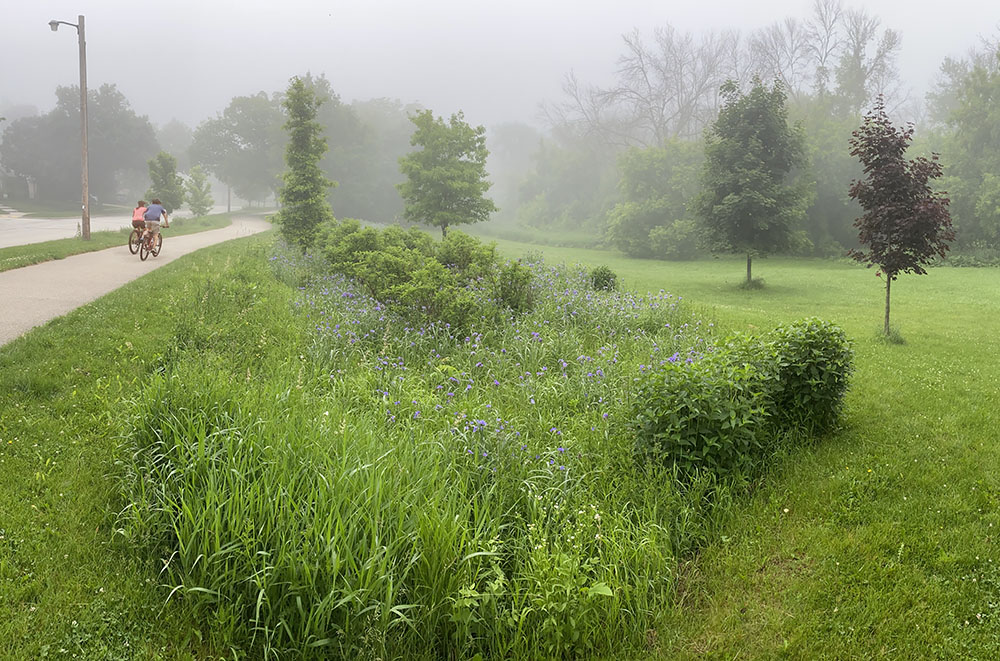
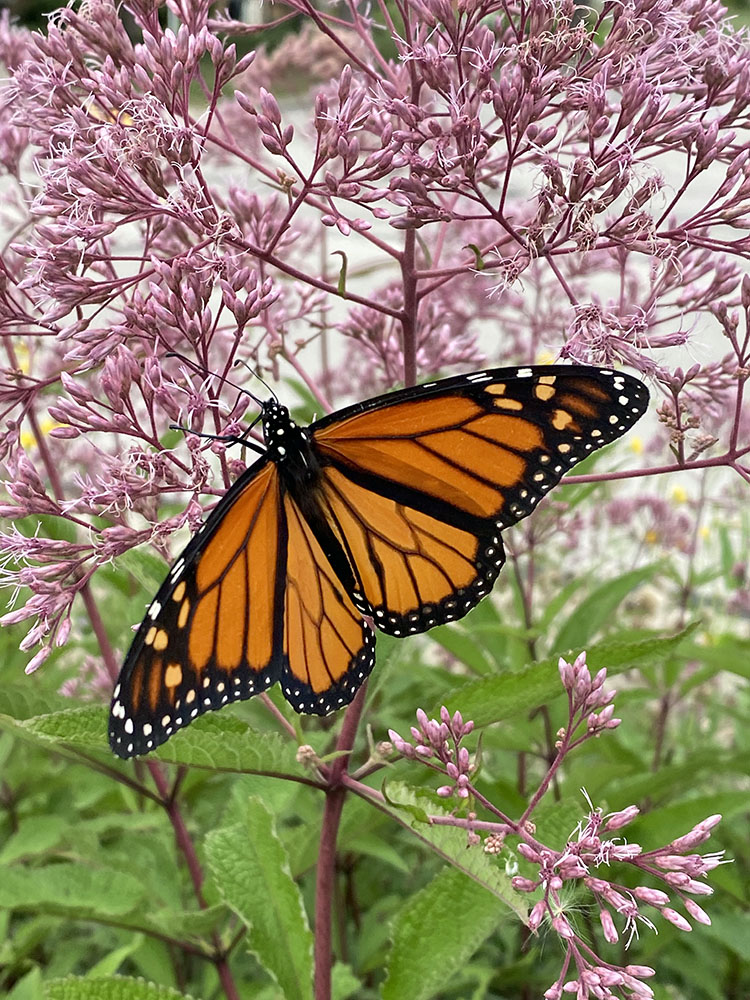
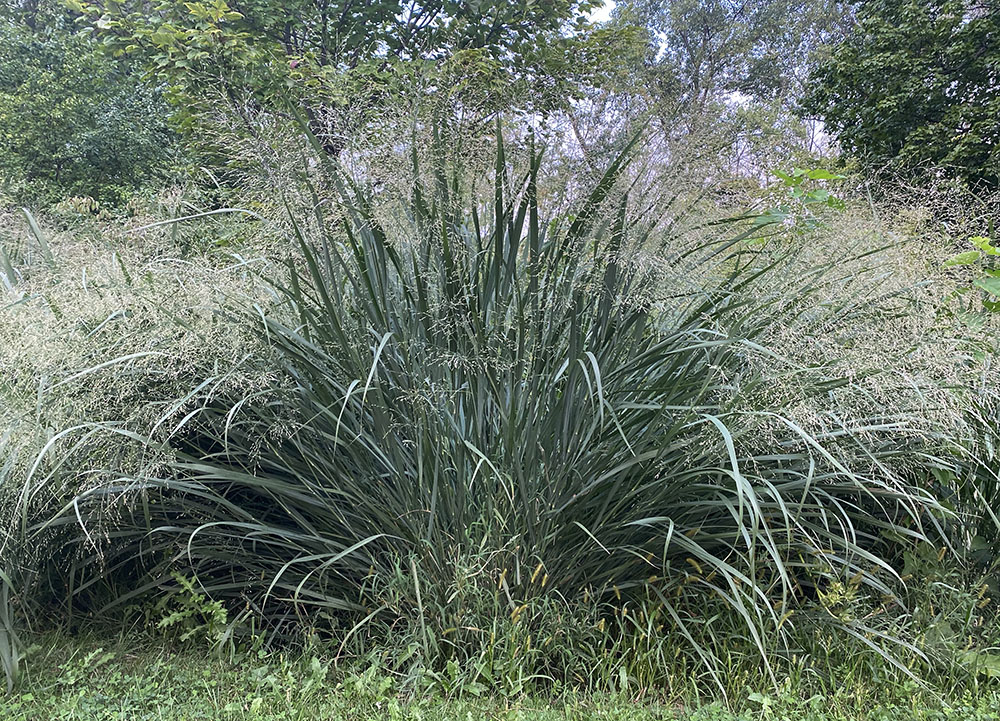
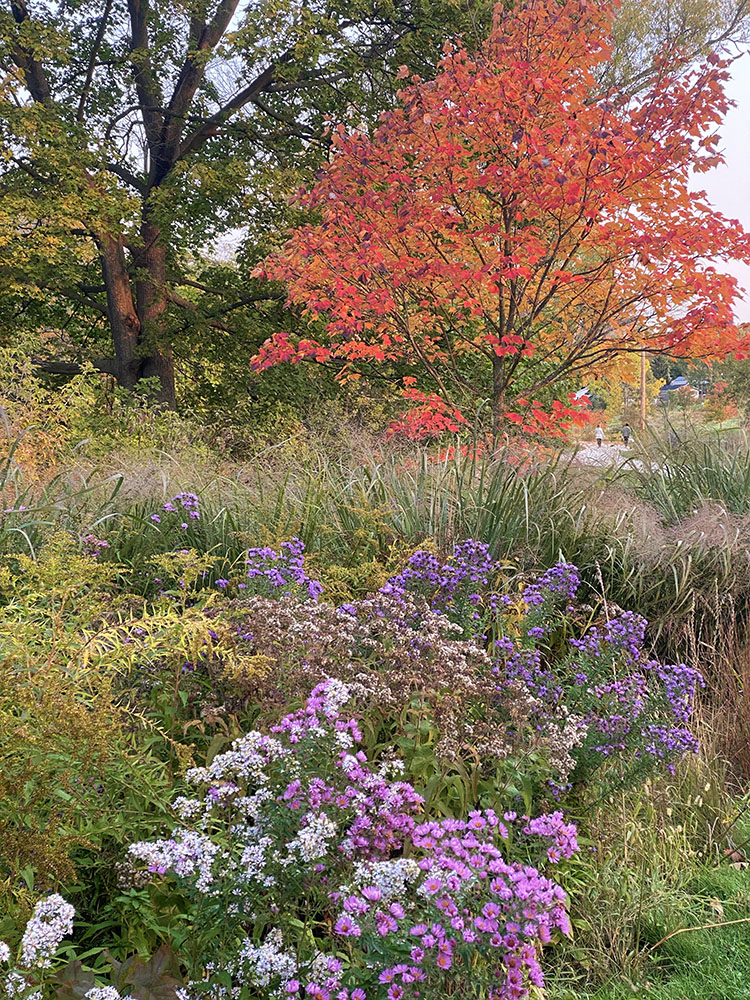
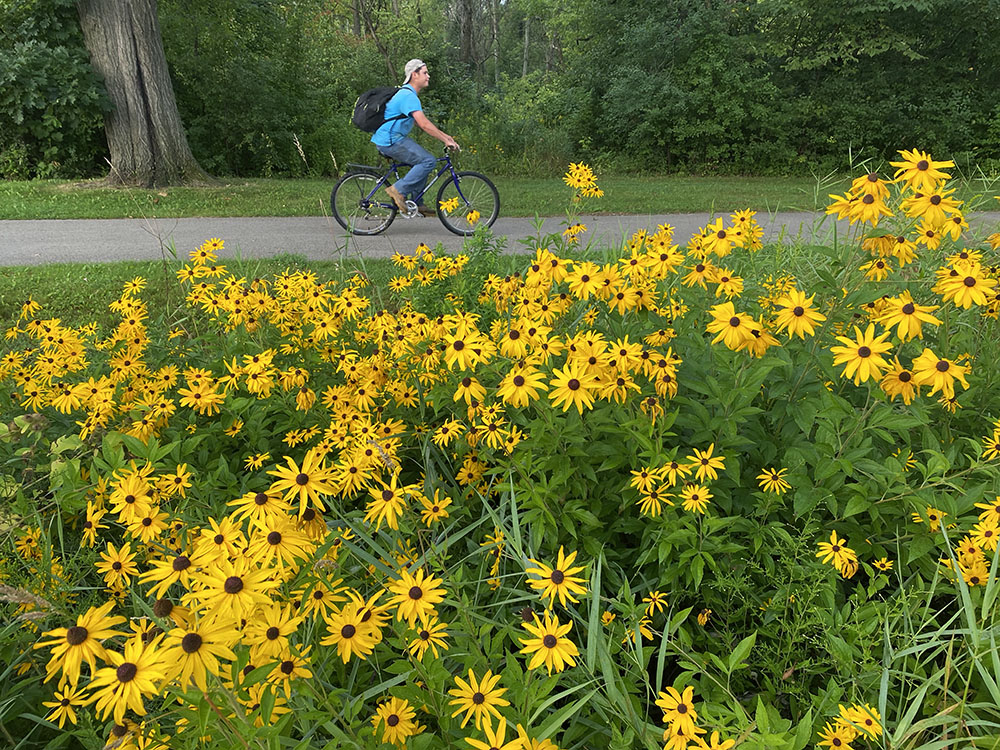
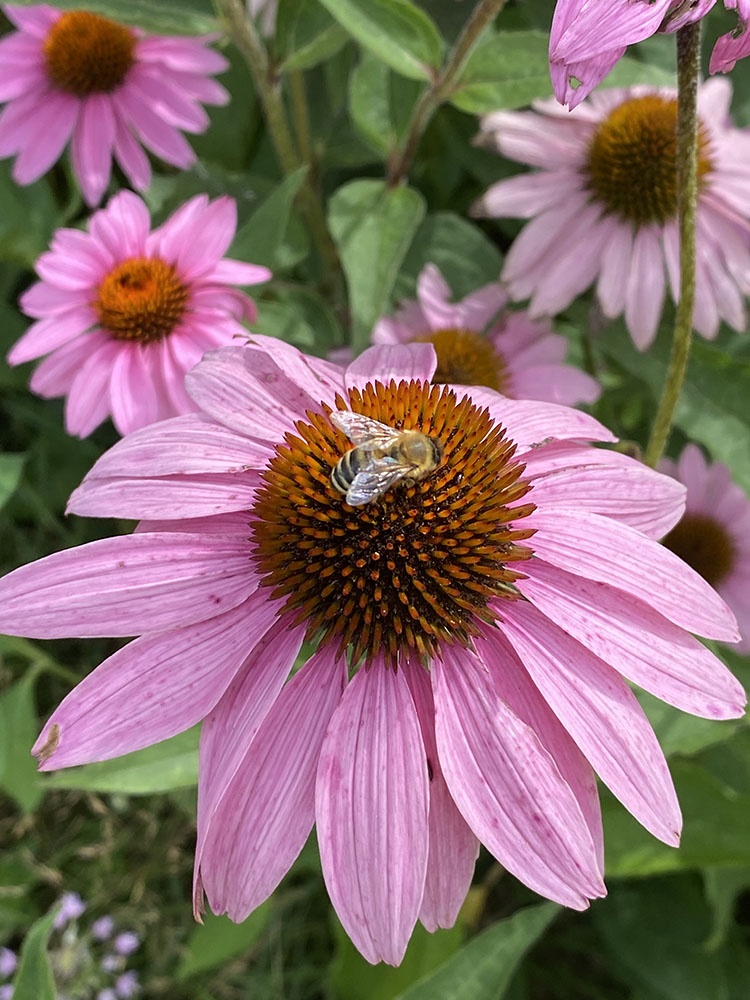
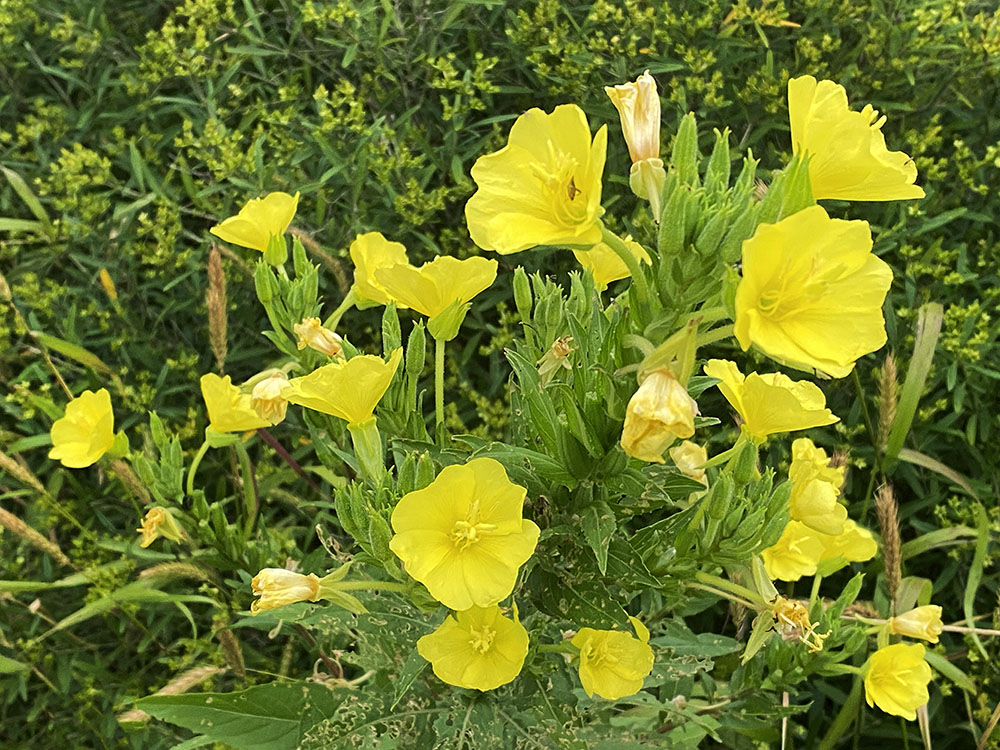

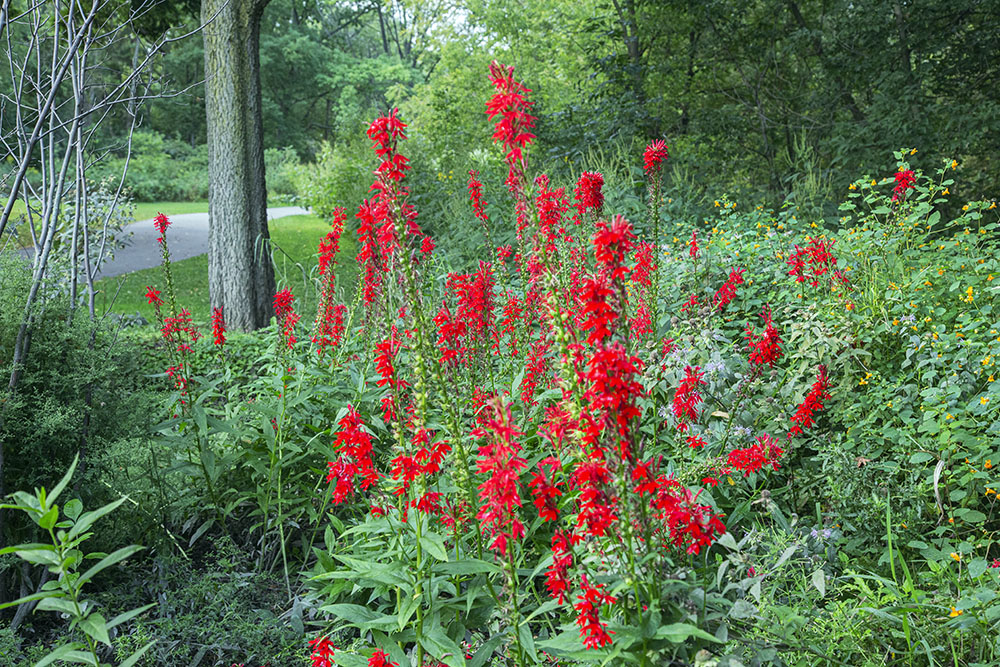

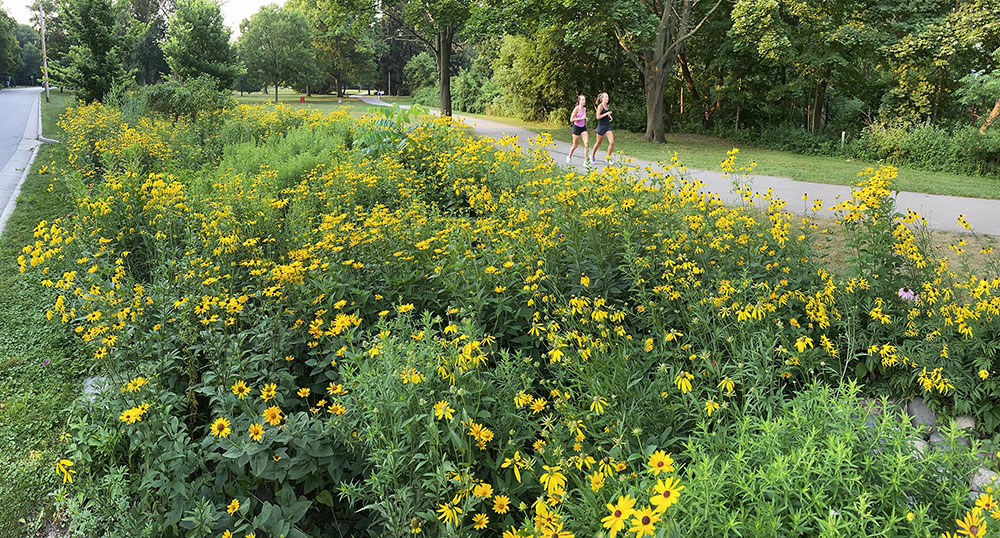
One final note on the photos: While all of the images in this essay are from Menomonee River Parkway, I do have images of rain gardens in other places and contexts. You can see them in this Flickr album. ~ Eddee
For more information on green infrastructure, visit the following websites:
https://www.mmsd.com/what-we-do/green-infrastructure
https://www.freshcoastguardians.com.
For more information about the Menomonee River Parkway go to our Find-a-Park page.
Related stories:
Island of Nature: Exploring a Blank Spot on the Map of Milwaukee
An Earth Day Success Story: MMSD’s Greenseams® Program Rejuvenates a Restored Prairie
Chris Schultz is a Senior Project Manager at Milwaukee Metropolitan Sewerage District (MMSD). Eddee Daniel is a board member of Preserve Our Parks. MMSD is a project partner of A Wealth of Nature.
2 thoughts on "Rain Gardens and Bioswales: Beauty as Well as Utility"
Comments are closed.


Very nice photo essay!
Beautiful photos!